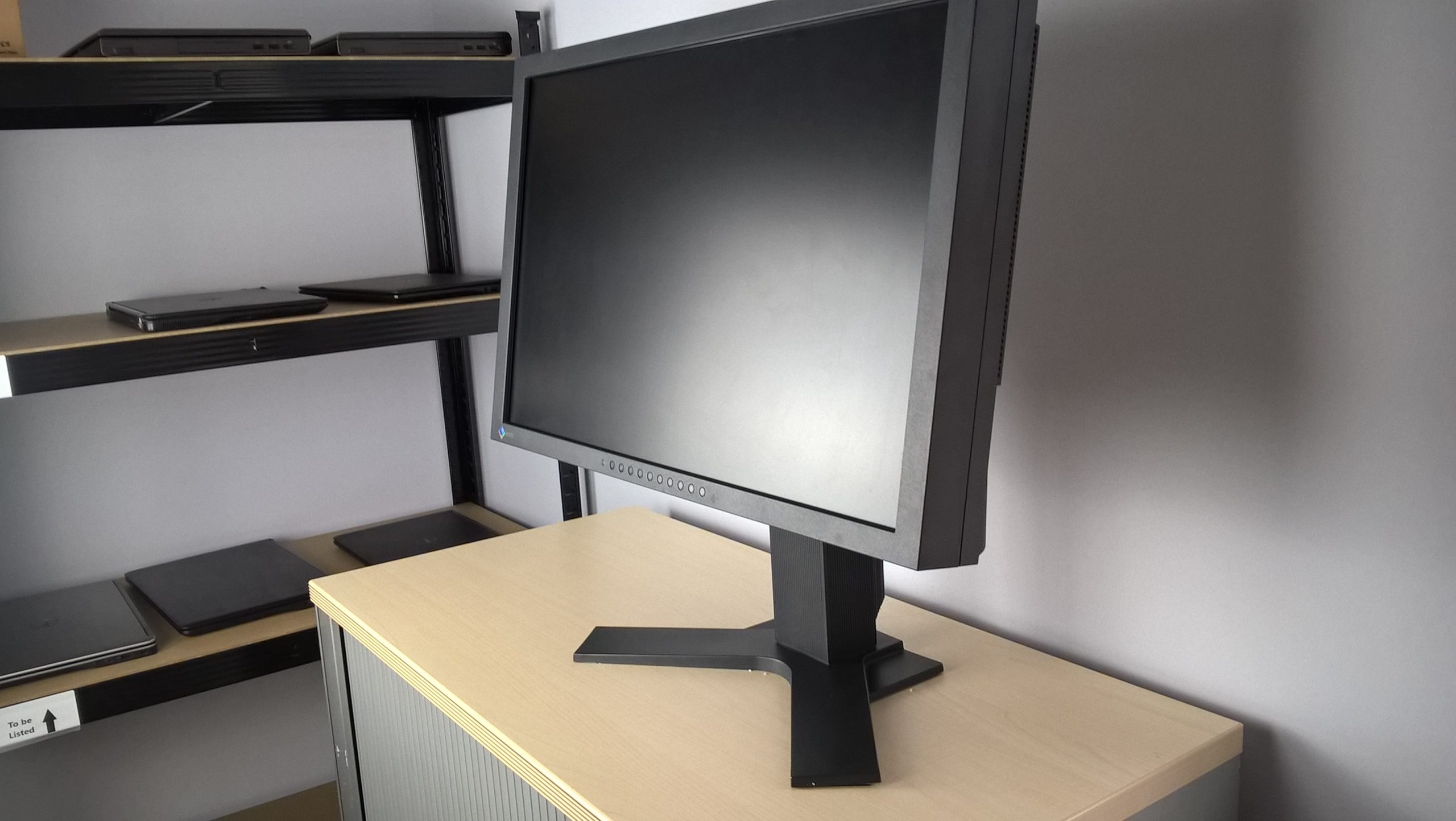Urgent Alert: CVE-2025-31161 Vulnerability in CrushFTP Demands Immediate Attention
In the realm of cybersecurity, certain vulnerabilities can slip through the cracks, even as they pose significant risks to users. One such critical issue is CVE-2025-31161, an authentication bypass vulnerability that has begun to see active exploitation in the wild.
This flaw affects CrushFTP versions ranging from 10.0.0 to 10.8.3, as well as 11.0.0 to 11.3.0. The implications of this vulnerability are severe: it enables attackers to access sensitive files without the need for valid credentials, and depending on the configuration settings, they may gain full control of the affected systems. Alarmingly, reports confirm that this exploitation is ongoing, yet it remains largely unnoticed by many.
To safeguard your systems, immediate action is recommended. Users should upgrade to CrushFTP versions 10.8.4 or 11.3.1 without delay. For those unable to implement the patch right away, utilizing CrushFTP’s DMZ proxy can serve as a temporary protective measure.
If you are currently operating CrushFTP, or if you know others who are, now is the crucial moment to verify your version and ensure that you are adequately protected. Given the nature of cybersecurity threats today, it’s not far-fetched to anticipate that this vulnerability could soon be leveraged in a ransomware attack chain.
Stay vigilant and act promptly to protect your sensitive data from emerging threats. Your organization’s security may depend on it.
Share this content:




Thank you for bringing this critical vulnerability to attention. As a best practice, I recommend verifying your current CrushFTP version immediately—if it falls within the affected ranges (10.0.0 to 10.8.3 or 11.0.0 to 11.3.0), please prioritize upgrading to version 10.8.4 or 11.3.1 as soon as possible to mitigate the risk of exploitation.
In the interim, utilizing the CrushFTP DMZ proxy can provide an additional layer of defense by isolating the service and limiting exposure to potential attackers. Ensure your firewall rules and network segmentation are also optimized to restrict unnecessary access.
Maintain a regular patching schedule and monitor for any unusual activity indicative of attempted exploitation. Implementing multi-factor authentication and reviewing logs can further enhance your security posture during this critical time.
If you need assistance with the upgrade process or configuring protective measures, please don’t hesitate to reach out. Staying proactive is key to safeguarding your systems against emerging threats like CVE-2025-31161.